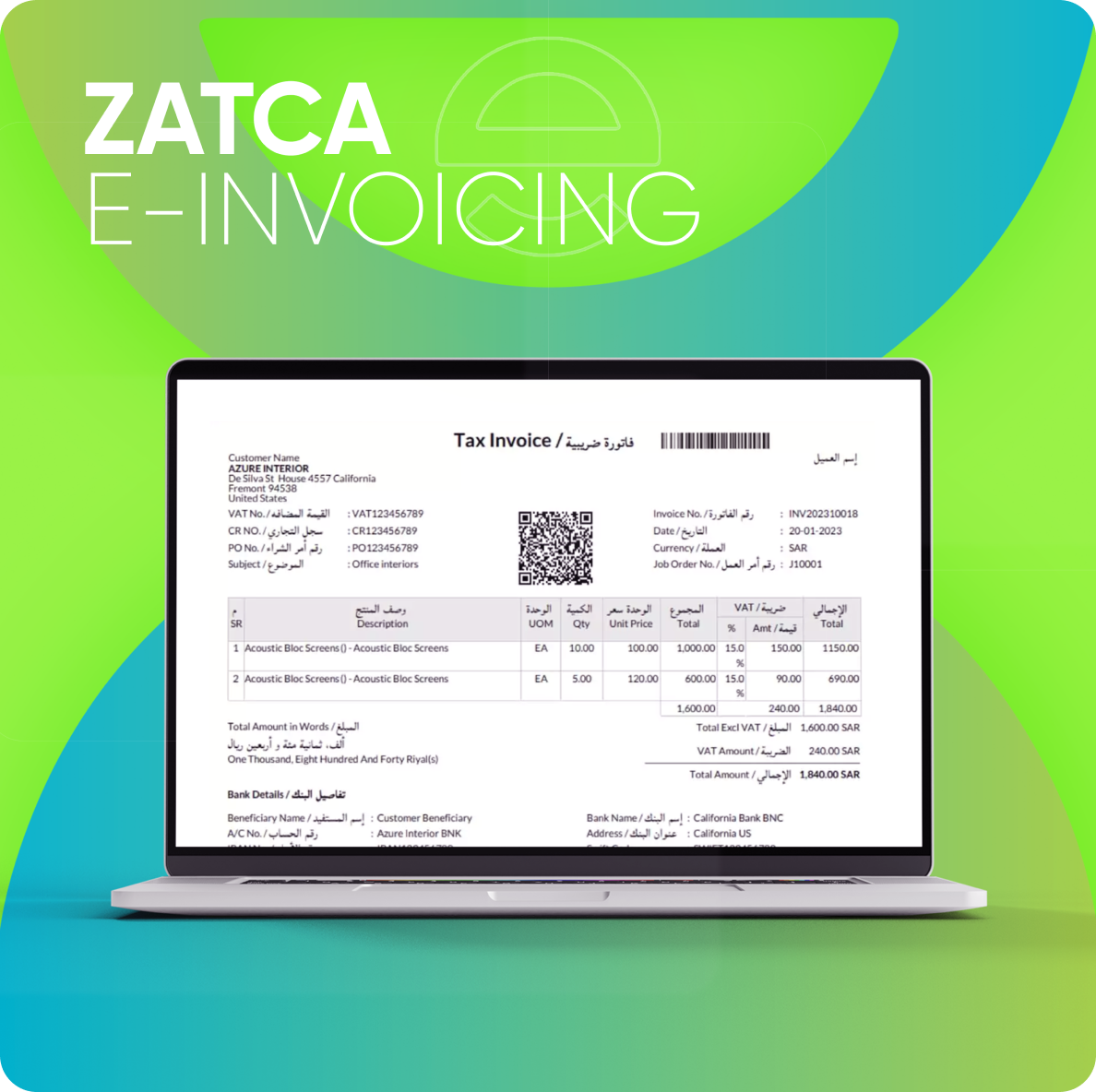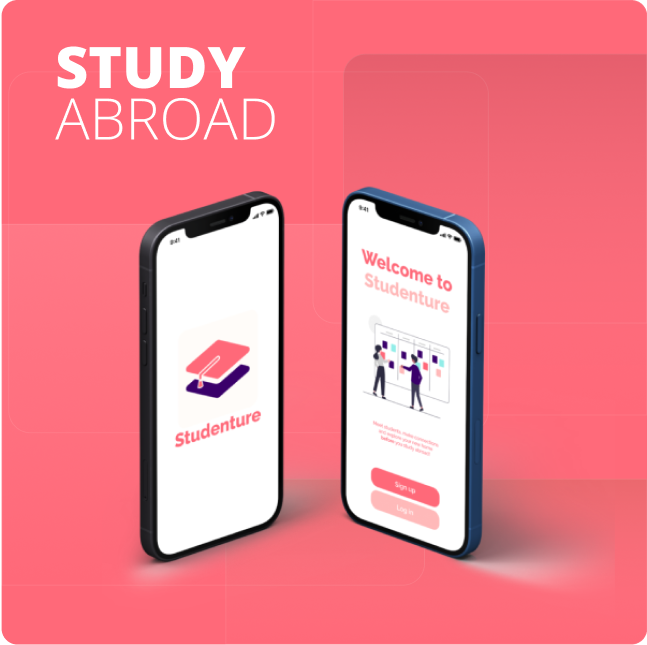The ride-hailing industry is a big part of modern transportation, helping millions of people get around easily. But as the industry grows worldwide, in today's scenario especially having to use the same approach everywhere doesn’t work anymore. In places such as Saudi Arabia, this is especially true as culture plays a big role in what people expect. For apps that deals with ride-hailing, it is important for them to have the need to adapt to local needs not just by a choice, but as a necessity for the business growth and trust. The growth of your business internationally will depend on a localization strategy that makes sure the customers services that are attractive to their local user basis. In this blog, we aim to look further into how your business can succeed by adapting your ride-hailing app to Saudi culture with practical localization tips.
Understanding the Saudi Market: Why Localization Matters
Saudi Arabia is a fast-growing market with big opportunities for business especially for ride-hailing apps. Even with the country having a young, tech-savvy population who are in requirement of a convenient transportation, they cannot make use of the same approach as that of the other countries. With Saudi Arabia’s unique culture and social rules apps need to be customized. Localizing an app for Saudi users is not just about the incorporation of the culture as such but is also about understanding their values, preferences, and habits to create an app that feels familiar and respectful.
For example, Saudi Arabia’s conservative culture values privacy and separates men and women in many situations. Ride-hailing apps need to make sure to include these features in their design. If apps ignore these details, users might not like or use them.
Key Strategies for Localizing Ride-Hailing Apps in Saudi Arabia
1. Language and Design Localization
Language and design are very important when building your ride-hailing app work in Saudi Arabia. As Arabic is the official language, just having language translation isn’t enough. The Arabic dialect in Saudi Arabia is special and therefore the need for customization that can use words and phrases that locals can feel familiar with is important. Also, the app’s design should match the interests of people there. For example, using traditional Arabic patterns or colours can make the app feel more familiar to Saudi users.
Another key point is supporting right-to-left (RTL) text alignment as Arabic is written from right to left. Making sure that your app needs to work that way would result in making your app easy to use.
2. Cultural Sensitivity and Privacy Features
App features must respect Saudi culture. Many women prefer female drivers, so apps like Uber let users choose this option. This builds trust and fits cultural norms. Privacy is also important. Saudis avoid sharing too much personal info, so apps should collect only necessary data and have clear privacy policies. This helps users feel safe and confident.
3. Payment Methods and Local Partnerships
To succeed in Saudi Arabia, apps should include local payment options. Cash is still popular, but digital payments like Mada are growing. Offering both helps reach more users. Partnering with local businesses or influencers can also boost your app’s credibility and help it stand out in a competitive market.
4. Religious and Social Considerations
Saudi Arabia’s culture is shaped by Islamic traditions, which influence daily life and business practices. For example, adding a prayer time feature or letting users schedule rides around these times shows cultural respect and makes the app more helpful. Additionally, ride-hailing apps should avoid content or imagery that could be considered offensive or inappropriate. Making sure visuals and ads match Saudi customs is key to gaining user trust.
Transportation App Localization Strategies: Lessons from Success Stories
Several global ride-hailing apps have successfully localized their services for Saudi users. For instance, Careem, now owned by Uber, has become a household name in the region by tailoring its app to meet local needs. From offering female-only driver options to incorporating Arabic calligraphy in its branding, Careem’s success highlights the importance of cultural adaptation.
Similarly, Uber’s integration of Mada as a payment option and its focus on privacy features have helped it gain a strong foothold in the Saudi market. These examples underscore the value of understanding and addressing the unique needs of Saudi users.
The Road Ahead: Adapting to a Dynamic Market
As Saudi Arabia continues to embrace digital transformation, the demand for localized ride-hailing apps will only grow. Companies that invest in understanding Saudi cultural considerations in app development and implement effective localization strategies will be better positioned to succeed. Localizing ride-hailing apps for Saudi culture is not just about language or design it is also about creating an app that feels right for users. Focus on cultural respect, privacy, and convenience to make your app a trusted part of the user's daily life. By meeting Saudi users’ unique needs, you can build loyalty and grow in this fast-changing market. At Veuz Concepts, we specialize in building apps that are crafted to your unique requirements, bringing you success, user acceptance, and growth.
















Leave a comment